The stars appear as dim points of light in the night sky, that vanish when the Sun rises. They are actually just like the Sun but are so far away that they appear very tiny and faint. Some stars are like the Sun, but some are smaller, some are larger, and they come in different colours. This activity allows students to explore the shapes and colours of stars.
Category: Science activity (page 2 of 3)
The Moon is our nearest neighbour in the Solar System. While the Moon is shaped like a ball, that is not how we always see it in the sky. The Moon changes shape over a month. Sometimes it looks like a circle, sometimes it looks other shapes. This activity helps children recognise and name the phases of the Moon.
Landing is one of the most hazardous parts of any flight. Spacecraft try a number of ways to land safely, either on the Earth at the end of a manned mission, or on other worlds as part of robotic exploration missions. A good understanding of forces is essential to design and construct a safe landing system that protects both your spacecraft and its precious payload.
This activity uses touch boxes to illustrate some important characteristics of some Solar System objects and the differences between them. Children will be able to sense the differences in materials between several solar system bodies using everyday items as an analogy. This activity uses simple, easy to source materials, but the boxes do need to be assembled in advance.
The Moon is a spherical rocky body, like the Earth but significantly smaller. Throughout the month the Moon changes shape, from new Moon, through the crescent phase, to a half Moon, and then full Moon, before disappearing again back to New Moon. The Moon emits no light of its own, this effect is purely down to how we see the change in illumination from the Sun as the Moon slowly orbits the Earth.
The Moon is a spherical rocky body, like the Earth but significantly smaller. Throughout the month the Moon changes shape, from new Moon, through the crescent phase, to a half Moon, and then full Moon, before disappearing again back to New Moon. The Moon emits no light of its own, this effect is purely down to how we see the change in illumination from the Sun as the Moon slowly orbits the Earth.
Evolution is the mechanism by which plants and animals (and other organisms) adapt to their environment as it slowly changes with time. It allows species to change and cope with significant changes in their surroundings, as long as the change is slow compared to the lifespan of one generation of the organism in question.
The Sun is a star powered by nuclear reactions and is incredibly powerful. It is vital for life on Earth, providing the heat and light we need in order to survive and for the food chain to operate, but it is so powerful that it must be viewed very carefully in order to avoid damage to the human eye.
Solar and lunar eclipses are fascinating events where the Sun or Moon appears to disappear, respectively. Their spectacular nature causes a lot of interest. This activity looks at what happens during each type of eclipse using a physical model that the students can build themselves and experiment with to explore how and why eclipses happen.
The Moon has a rocky surface covered in craters. Many other planets in the solar system have similarly cratered surfaces, including the Earth. We don’t see so many craters on the Earth because of the combined effects of weathering and plate tectonics. The Moon has no atmosphere and no plate tectonics, so the cratering that happened in the early stages of the Solar System’s history is well-preserved today.
© 2026 We Share the Same Moon
Theme by Anders Norén — Up ↑





